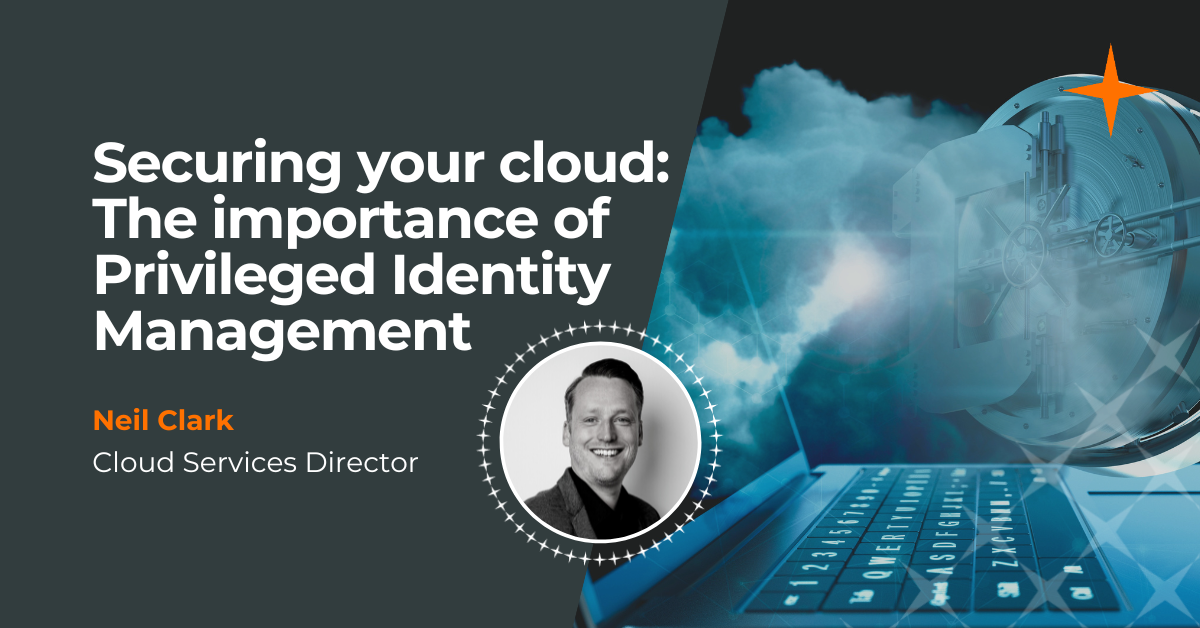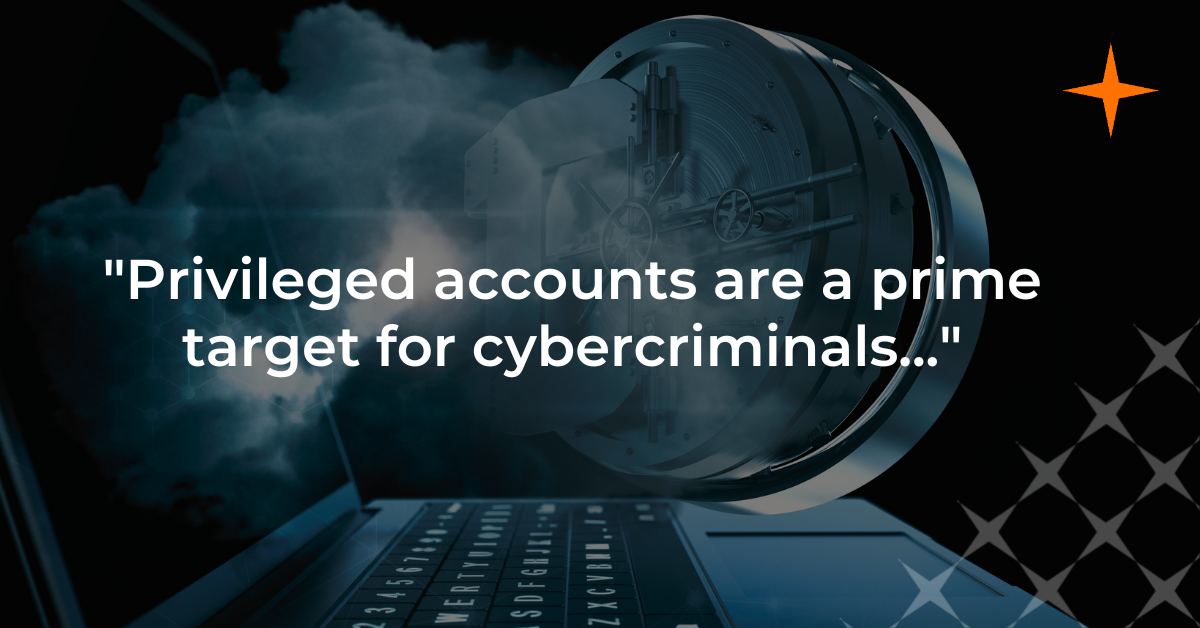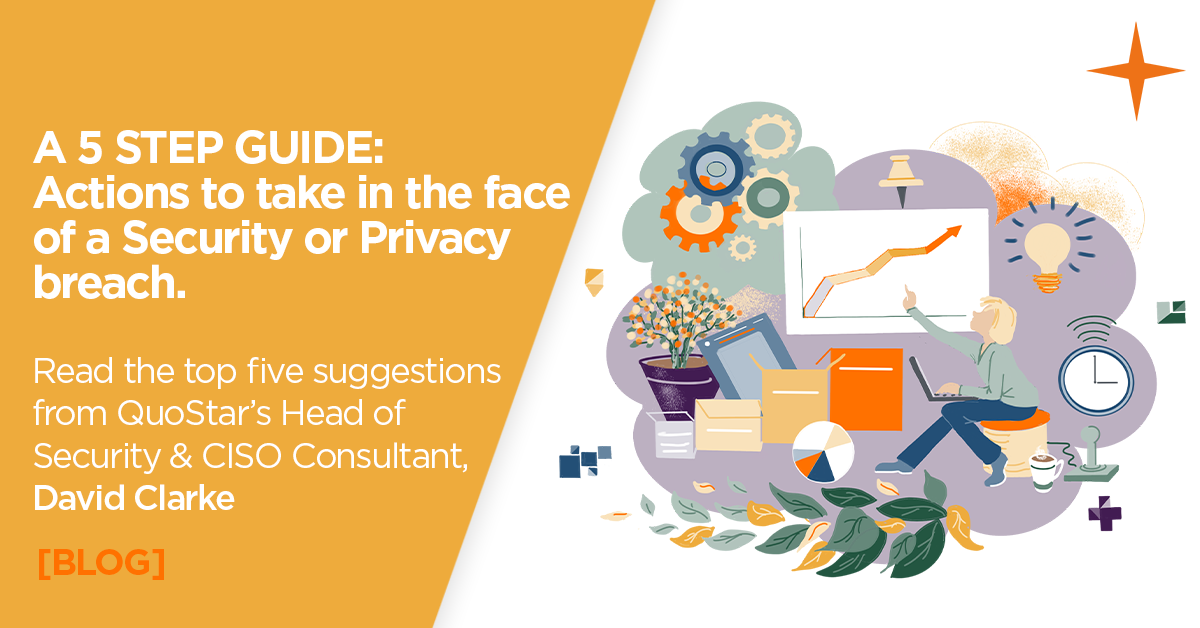Privileged Identity Management (PIM) is an essential security practice for businesses using the cloud. It focuses on securing and managing privileged accounts and access rights within an organisation. In this blog post, we will explore the importance of PIM for businesses, particularly those using the cloud, and why every business should consider implementing it as part of their comprehensive cybersecurity strategy.
What is PIM?
PIM refers to the processes, policies, and technologies used to manage and secure privileged accounts and access rights within an organisation. Cybercriminals often target privileged accounts as a means of gaining access to sensitive information and systems. PIM aims to reduce the risks associated with privileged accounts by providing a central solution for managing and securing these accounts. It involves identifying, managing, controlling access, and monitoring privileged account activity.
Importance of PIM for Businesses
Privileged accounts are a prime target for cybercriminals, and a breach can result in severe consequences, including data theft, business disruption, and reputational damage. PIM is essential for businesses because it helps to mitigate the risks associated with privileged accounts. By implementing PIM, businesses can control who has access, monitor, detect and respond to suspicious behaviour, and reduce the impact of a breach if one occurs.
Why Every Business Using the Cloud Needs PIM
Cloud computing has transformed the way businesses operate, providing flexibility, scalability, and cost savings. However, the cloud also presents new security challenges, particularly when it comes to privileged accounts. Cloud environments typically have many privileged accounts that can access critical resources, making them attractive targets for cybercriminals. PIM is especially important for businesses using the cloud because it provides a central solution for managing and securing privileged accounts across all cloud services and platforms. With PIM, businesses can identify and manage privileged accounts, enforce access controls, and monitor activity. Implementing PIM in the cloud can also help businesses to meet compliance requirements.
Conclusion
PIM is a critical component of a comprehensive cybersecurity strategy, particularly for businesses using cloud computing. By implementing PIM, businesses can manage and secure privileged accounts, control access to critical resources, and monitor privileged activity. PIM can help to reduce the risk and mitigate the impact of a breach if one occurs. Every business using the cloud should consider implementing PIM as part of their cybersecurity strategy to protect against the growing threat of account breaches.



